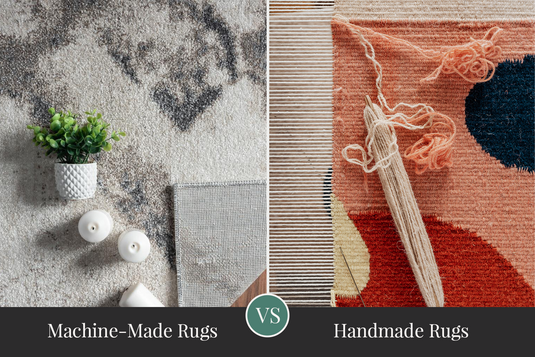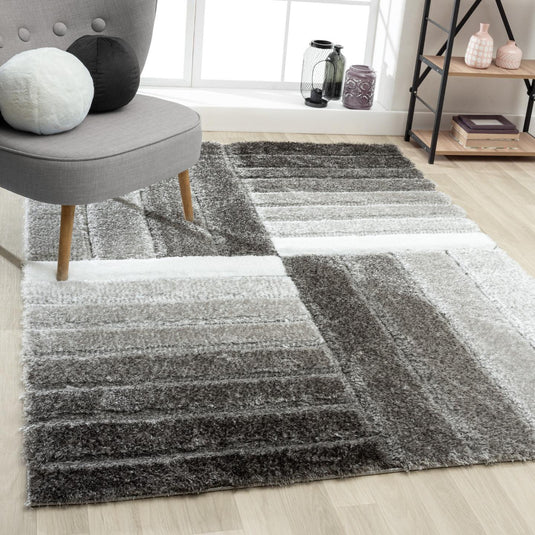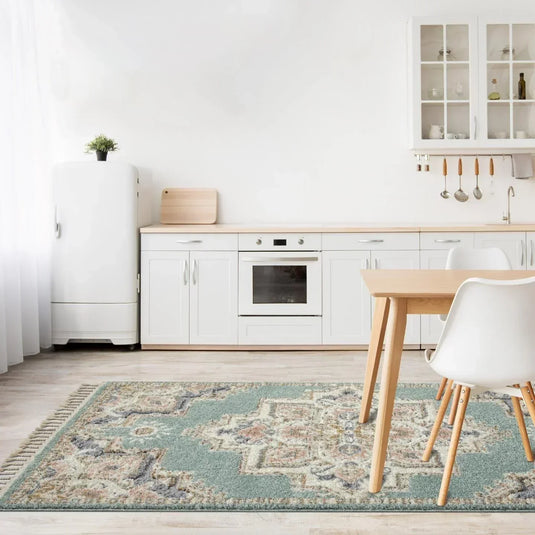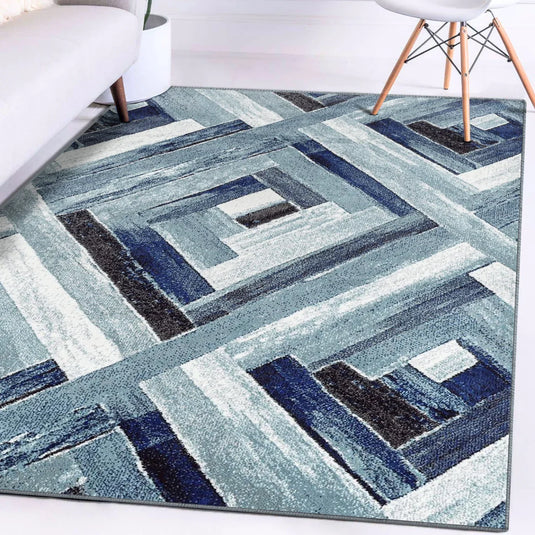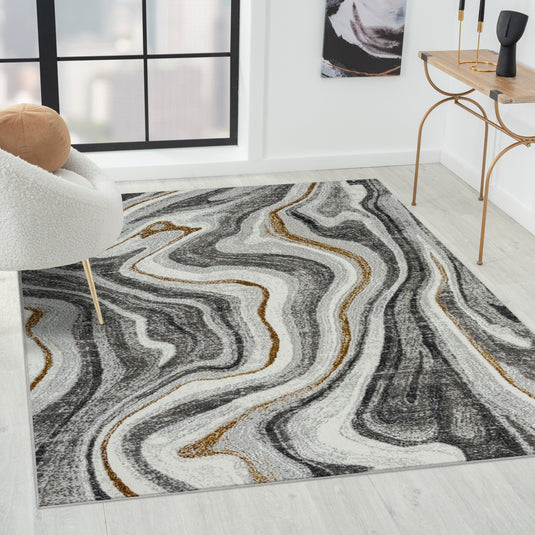While it is easy to tell the difference between a hand-sewn cloth and a machine-sewn one, the narrative is different in the world of rugs.
Rugs are either machine-made or handmade. If you are looking to shop for rugs, you would most likely have considered which you should buy and which one of the two suits your needs best.
Machine-made rugs are consumers' favorite. But in terms of quality and durability, handmade rugs are the king in the hood. So, why are handmade rugs said to be "King"? How can you distinguish between them?
As you read on, you'll learn their salient differences and similarities. You'll also learn what they are made from and the most suitable one for your space.
Oriental rugs aren't so durable. However, they are the consumers' favorites, and the reason is not far-fetched. Handmade rugs are usually more expensive. Every detail and pattern are usually clear and visible. Their cotton and fibers are carefully and adequately knitted, making them a higher quality than their machine-made counterparts.
However, the quality of a rug is not entirely dependent on the production method but mainly on the quality of the cotton, fiber, and other materials used in its production.
Before we look at their differences, let’s take a quick peep into their unique characteristics.
How to Identify Handmade Rugs
Handmade rugs like the name suggests are made with hand on a specially designed handloom. The artisan sets the loom based on the size of the rug they want to create.
There are three (3) kinds of handmade rugs, each with its unique features. They are:
Hand-Knotted Rugs
The production of these rugs is time and labor-intensive. The artisan knots the rug's fibers using their hands, while the loom size determines the rug size. All original handmade oriental rugs are usually made this way.
Producers use cotton, silk, jute, wool, and other natural fibers in producing them. These kinds of rugs are usually soft, flexible, and durable. They are, however, relatively expensive.
Hand-Tufted Rugs
The artisan who makes these rugs begin by using canvas and jute to lay a stiff foundation or base. They then use a handheld tufting gun or drill to insert the pile into the jute foundation to form a loop pile.
After that, the piles are held in position using gum or glue and latex as the backing material.
Hand-tufted rugs are not time and labor-intensive, making them less expensive than the hand-knotted ones. Still, their durability is never in doubt.
Handwoven Rugs

These rugs are weaved by hand. They don't have any pile (which provides thickness to other rugs), knots, or tuft. Examples of these rugs include Soumak, Dhurrie, and Kilim.
It is advisable to place these rugs on a rug pad to keep it in position. Handwoven rugs are usually soft, flexible, colorful, and highly durable.
Other Types of Handmade Rugs
Handmade area rugs can also be classified into two categories based on the location or area of production. These are:

Handmade Persian Rugs – Handmade Persian rugs are hand-knotted in Iran (Old Persian kingdom). They are created using the Old Persian techniques to make intricate but beautiful designs with overwhelming precision and detail.
The quality of the handmade Persian rugs is unmatched, making them very rare and expensive.
Handmade Oriental Rugs – This is an umbrella term used for rugs made in Iran, Egypt, Pakistan, China, Indian, and Turkey.
The handmade oriental rugs are made from fiber, silk, and cotton. All Persian rugs can also be called oriental rugs, but not all oriental rugs can be Persian.
How to Identify Machine-made Rugs

Machine-made rugs are produced en-masse using large machines called "Power Looms."
The looms used here are automated and controlled by computers with little or no human intervention.
The rugs are produced in large quantities within a short time using wool or synthetic fiber such as acrylic, silk, polypropylene, polyester, and nylon.
However, their value, quality, and durability are not so impressive. Machine-made rugs are very colorful, compact with beautiful designs, and are relatively inexpensive.
How to Differentiate Handmade Rugs from Machine Made Rugs
Look at the back

The easiest way for you to tell the difference between a handmade rug and a machine rug is to flip it and look at its back.
The back of a handmade rug is usually uneven and made with knots. A machine-made rug typically has a smooth, uniform, and uniform back.
Look at the fringe

The fringe of a handmade rug is usually made from warp threads, while machine-made rugs have their fringes automatically sown or glued to them after production.
Check the Material

Authentic handmade Persian or Oriental rugs are made from original material like wool, silk, cotton, fiber, and other natural materials. On the other hand, machine-made rugs are made from wool or synthetic fibers like acrylic, polyester, nylon, etc.
Check the Price

Handmade Oriental and Persian rugs are quite pricey due to their durability, quality, rarity, and beautiful artistic designs. To avoid being outwitted when buying a rug, machine-made area rugs are very inexpensive since they are prevalent and easier to make.
Checking prices is particularly important when buying from online stores because the two types may look similar.
Lastly, before your Area rug online, ensure you pay adequate attention to the store's credibility. Buy only from a well-trusted website or online store.
Don't forget to look out for the features discussed above as you surf and search. You should also consider your budget, personal taste, and know the different Area rugs sizes before clicking the buy button. To begin, check out Luxweavers' collection of quality and affordable Oriental Area rugs.
